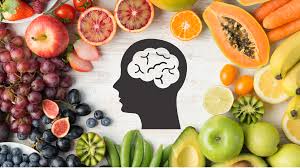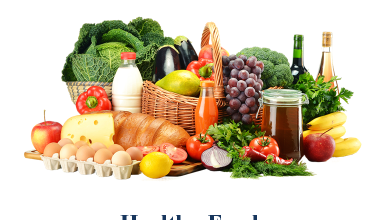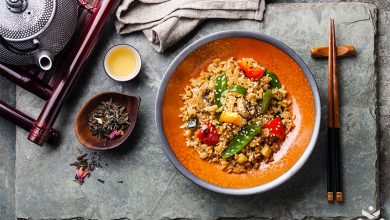List of the healthiest foods
Often we see that special properties are attributed not to the diet as a whole, but to individual products – as if the consumption of one particular product can dramatically improve a person’s health, give energy, and maybe help earn more money.
There are many popular mono-diets, recommendations that suggest consuming “only this product” for breakfast every day and watching how the old tail falls off and a new one grows, silky and healthy (just kidding). Or the number of acute respiratory viral infections simply decreases and health improves.
But we all know that health is not positively affected by a single specific product, but by nutrition in general. And also sleep, lifestyle, stress level. At the same time, nutrition should be balanced and varied, and not include only “the same product”.
In the article, we will analyze why the products that are considered “the most useful” for a person are so interesting and why you should not take such lists too seriously.
List of the most healthy foods
Some of these foods are familiar to us from childhood: carrots, spinach and other parsley. If your grandmother did not convince you of their benefits as a child, then just arrange a personal experiment – find recipes that will help you fall in love with them.
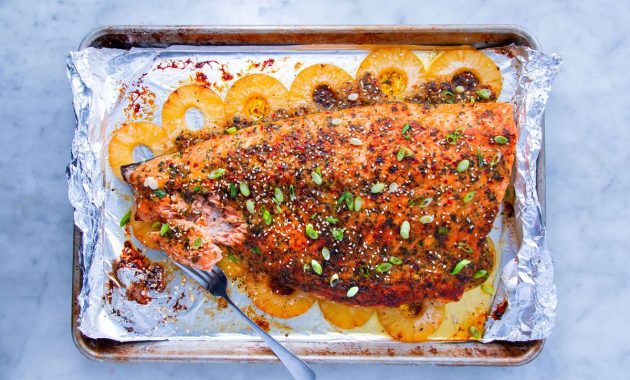
Indeed, the combination is often important – the more successful it is, the tastier the dish and the more pleasant the ingredients in it. Try to rehabilitate unloved vegetables and herbs, if so far this has not worked. But you got a new experience and gave the product a chance.
So, let’s see what the most useful products for the body contain and what benefits they provide.
Broccoli
This vegetable became popular among children after Ikea released cute soft toys in the form of curly green broccoli. In ordinary life, children do not particularly respect her, and in vain! Let’s start with the fact that it contains the maximum protein (when compared with other types of cabbage).
In addition, it is in it that it is easy to find the most necessary vitamins (including U, in terms of the concentration of which cabbage is second only to asparagus) and minerals: calcium and potassium, sodium and magnesium, zinc, copper and phosphorus, selenium and manganese, etc. Try blanching it, and then adding oil – perhaps you have been waiting for this cooking option for a long time to fall in love with broccoli.
Buckwheat
Of all the cereals, only buckwheat contains a comparable amount of minerals and a whole vitamin complex. These are representatives of the group B, P, PP, EE, C and a lot of iron. Buckwheat is rich in fiber and amino acids and is distinguished by the presence of phospholipids and not only them. Proteins will compete with those contained in meat, and carbohydrates are digested slowly, leaving behind a feeling of satiety for a long time.
It’s not scary if buckwheat is not your product at all. There are plenty of other nutrient-dense baguette options—spelt, quinoa, brown rice, barley, bulgur—you can definitely find something to your taste.
Avocado
Due to its composition, it is considered almost a superfood. What is unusual about it? Firstly, phylloquinone is vitamin K, which controls the aging process. Secondly, B5, which is involved in the synthesis of fatty acids and plays a decisive role in the functioning of the central nervous system.
And besides, avocados are an excellent source of monounsaturated fatty acids, which are often much less in the human diet than, for example, saturated ones. It can be a good alternative to nuts, which are generally not spread on a sandwich.
Legumes
Representatives of this culture contain a lot of vegetable fiber and protein. Legumes are rich in essential amino acids (many of them are not synthesized in the body and their absorption is not a problem for our digestive system) and, when combined with grains, they replace animal proteins for vegans.
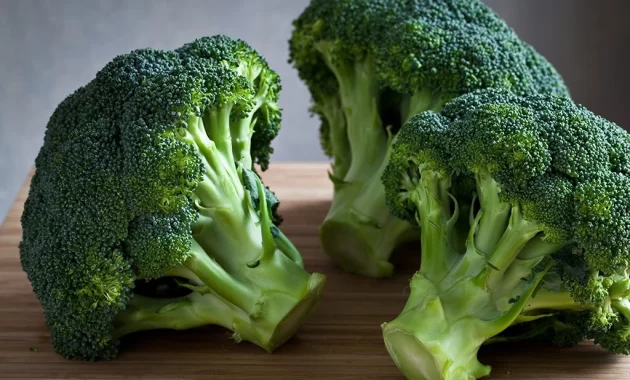
Legumes are one of the most sagging groups in the human diet. It also makes sense for them to find recipes that will help them look at this food group with fresh eyes. Protein and fiber in one product – is this not a reason to arrange an experiment on inclusion in the diet?
Parsley
The bundle of this greenery also contains bioflavonoids, vitamins B, A, K, PP, zinc, phosphorus, and many other trace elements. It is one of the most aromatic varieties of greens and, in combination with products such as cottage cheese, yogurt, cheese, sour cream, lime, gives an amazing refreshing taste.
Hercules
Among fans of a healthy lifestyle, cereals are famous for their good ratio of BJU and vitamin complex. In addition, it contains the most important protein for growth. Hercules is also great for cooking both sweet and salty cereals with vegetables, such as tomatoes and eggs. If in childhood everyone was familiar with this porridge combined exclusively with milk and sugar, now we know more different interesting combinations that will resonate even with picky eaters.
Fish
Everyone knows that fish is an extremely healthy protein food that is appropriate to eat as an alternative to meat. It saturates us with high-quality protein, normalizes the function of blood clotting and lowers cholesterol, especially when it comes to oily fish. At least 2 times a week, fish should be in the diet, and once – just fatty. For example: mackerel, herring, salmon.
